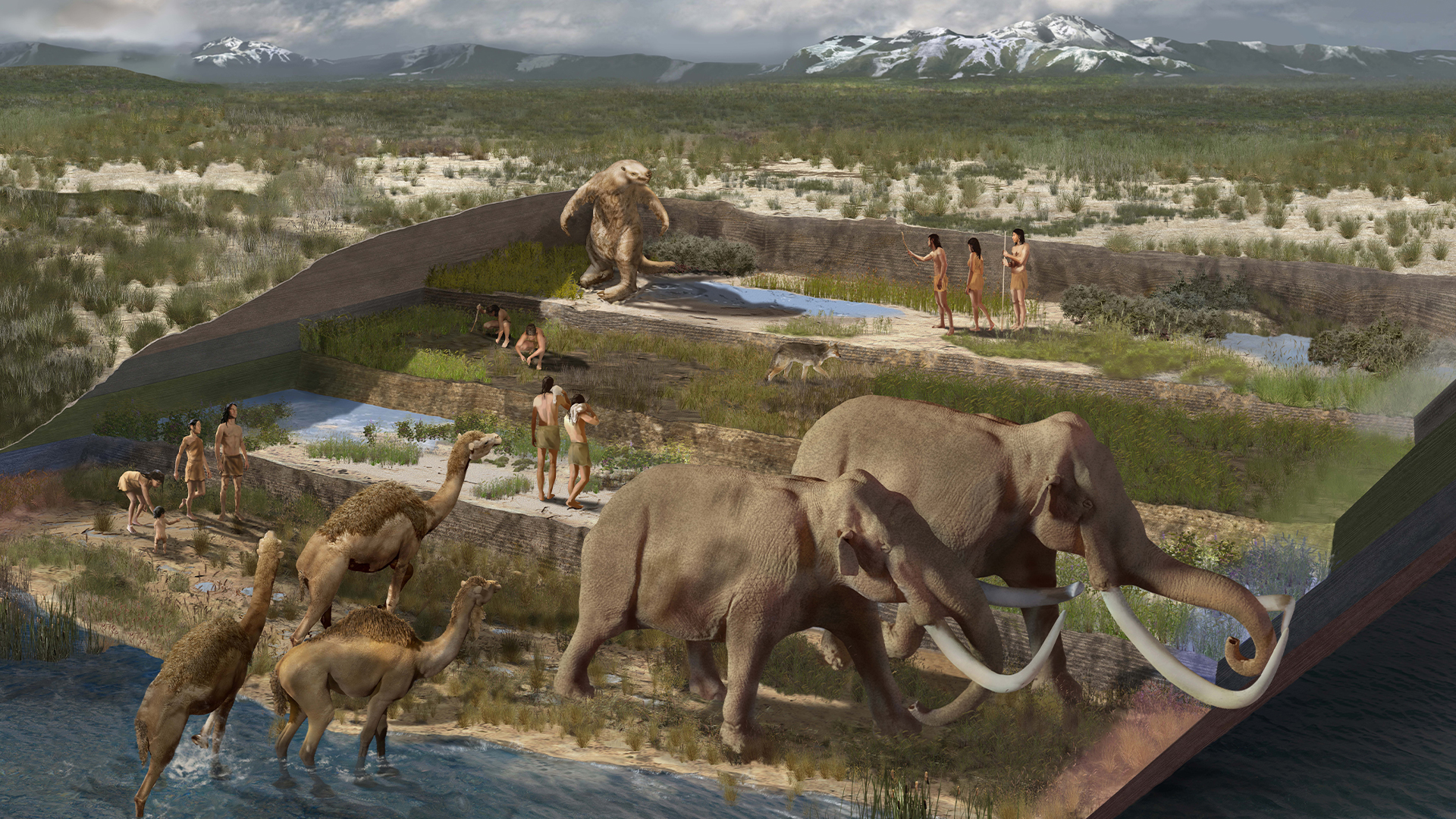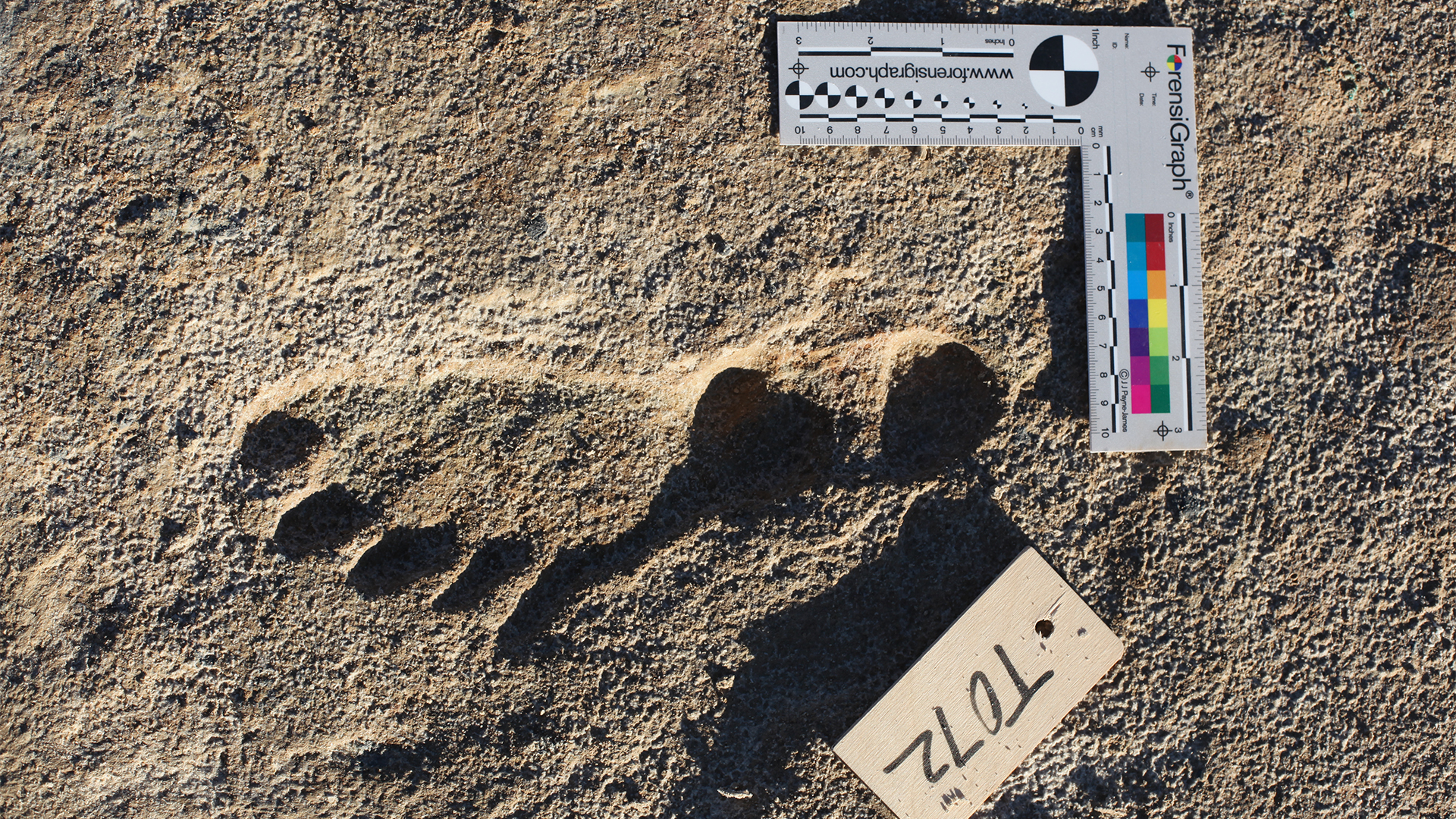Debate settled? Oldest human footprints in North America really are 23,000 years old, study finds
Scientists have used several methods to show that human footprints found in White Sands National Park are around 23,000 years old.
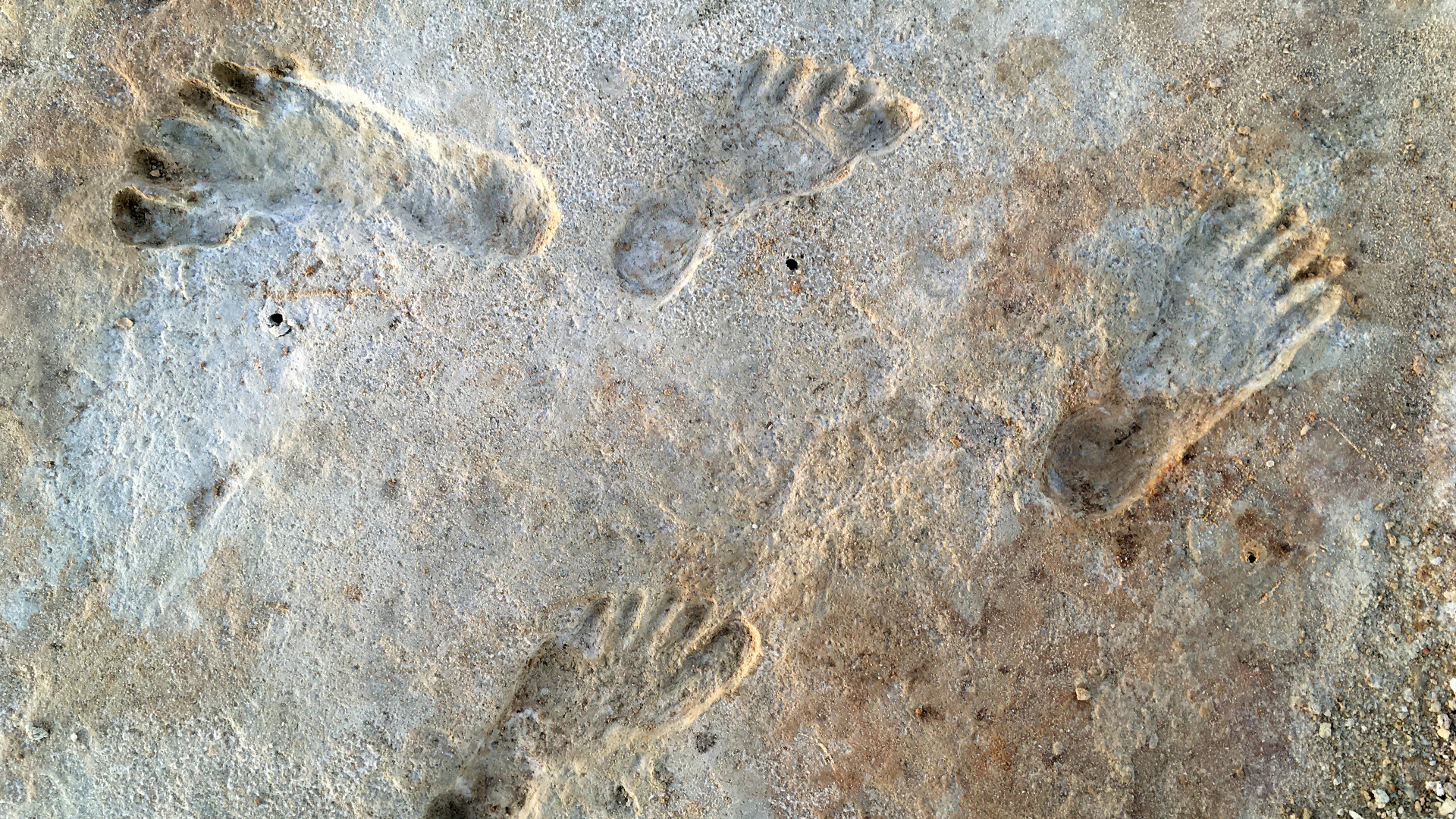
Paleo-human footprints dotting White Sands National Park in New Mexico are 23,000 to 21,000 years old, making them the oldest known fossilized trackways left by people in North America, a new study finds. However, not everyone agrees with the results.
The study, which used two dating techniques to verify the trackway's age, is a response to criticism that an earlier study published in 2021 by the same group used unreliable material to date the footprints. Now, all three results — the earlier, controversial one and the two new findings from different dating techniques — point to the trackways being 23,000 to 21,000 years old. That means they date to around the time of the Last Glacial Maximum (26,500 to 19,000 years ago), the coldest part of the last ice age.
The trackway's early age is a big deal. Previously, archaeologists thought that the Clovis people — known for their sharp-edged, leaf-shaped stone points found at archaeological sites across North America — were the first humans to come into the Americas around 13,000 years ago. Only in the past few decades have archaeologists discovered solid evidence for the pre-Clovis, or people who were in the Americas before 13,000 years ago, but many of those newly uncovered sites had shaky evidence or were only a few thousand years older than the Clovis.
The White Sands trackway is now the oldest site in North America with direct evidence of humans and it significantly pushes back the arrival date of the first Americans.
Related: The 1st Americans were not who we thought they were
"When the first paper came out, a lot of archaeologists reached out and told us, 'It was just a matter of time. We knew that people were here earlier,'" said Jeffrey Pigati, who co-lead the study with Kathleen Springer. Both are U.S. Geological Survey research geologists at the Geosciences and Environmental Change Science Center in Denver. "Now we have rock-solid evidence of people here during the Last Glacial Maximum," he said.
But in 2022, a group of archaeologists pointed out in a rebuttal that the radiocarbon dated material used in the first paper — the seeds of the aquatic plant Ruppia cirrhosa — were unreliable.
Get the world’s most fascinating discoveries delivered straight to your inbox.
Scientists had found the seeds smooshed into the footprints, providing organic remnants that could be dated by examining the radioactive decay of their carbon-14. But "Ruppia is a notorious misreporter of its age," Loren Davis, a professor of anthropology at Oregon State University who co-authored the rebuttal, told Live Science. Unlike other once-living organisms that inhale carbon-14 from the atmosphere, "Ruppia prefers to get its carbon from lake water, it doesn't get it from the atmosphere. And in doing so, if there is old carbon being put into the groundwater, then you'll get old ages on plants that are not that old," Davis said.
In the rebuttal, Davis and his colleagues suggested the White Sands group use optically stimulated luminescence (OSL) dating, a technique that estimates how much time has passed since quartz or feldspar grains were last exposed to intense heat or sunlight.
So, for the new paper, published Thursday (Oct. 5) in the journal Science, the researchers did just that.
The team examined quartz grains under the footprints with OSL dating. They found that the layers with the footprints had a minimum age of about 21,500 years old.
The team also isolated and then radiocarbon dated three samples of earth that each contained 75,000 conifer pollen grains from the same footprint layers as the Ruppia seeds. Confer plants get their carbon-14 from the atmosphere, meaning they don't have the same pitfalls as Ruppia. The ages of around 23,000 years ago matched those of both the seeds and the quartz grains. "If the seed ages and the pollen ages and the luminescence ages all agree, then it's case closed," Pigati said. "We can stop arguing about the ages."
Actually, not yet, Davis said.
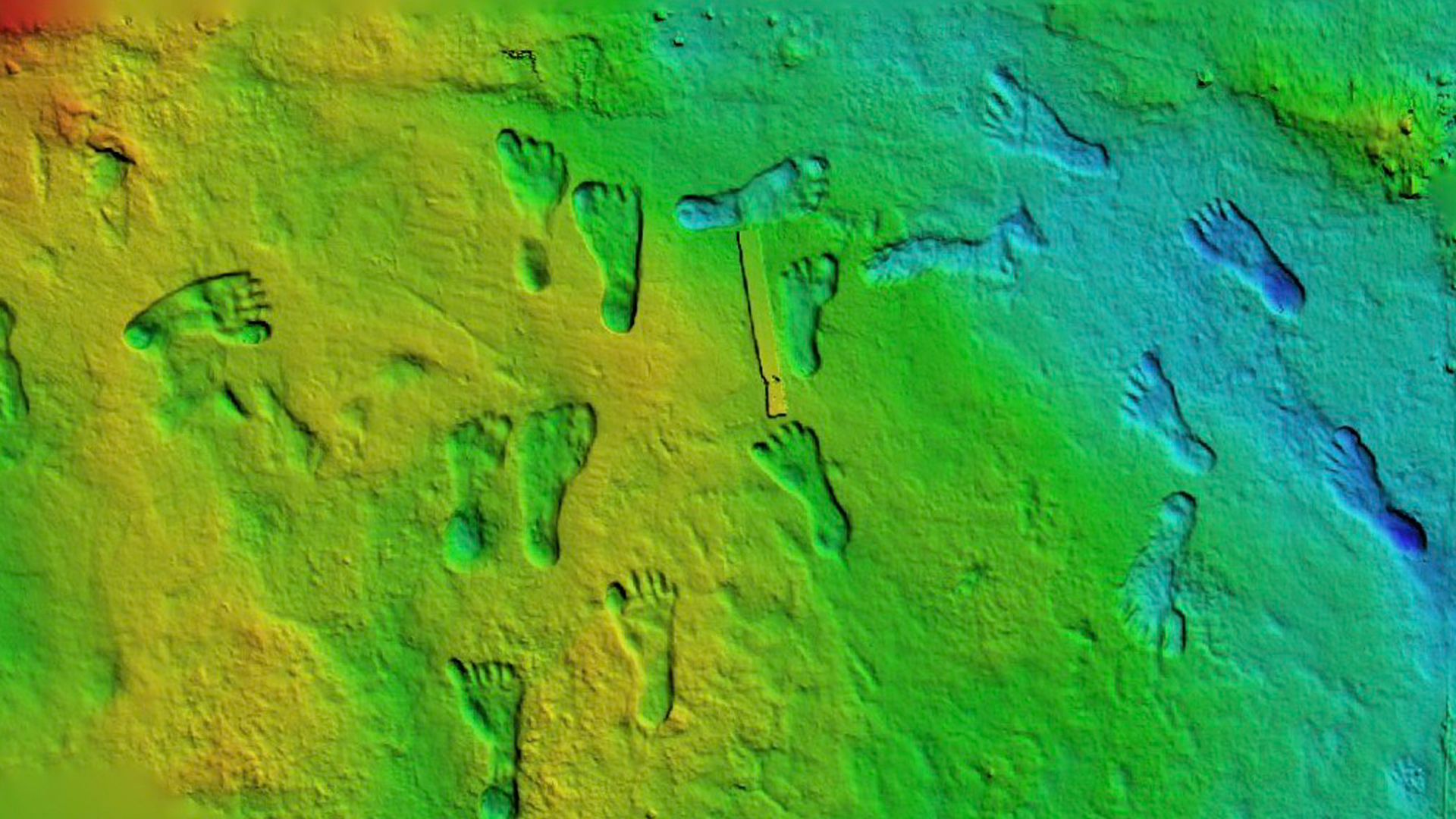
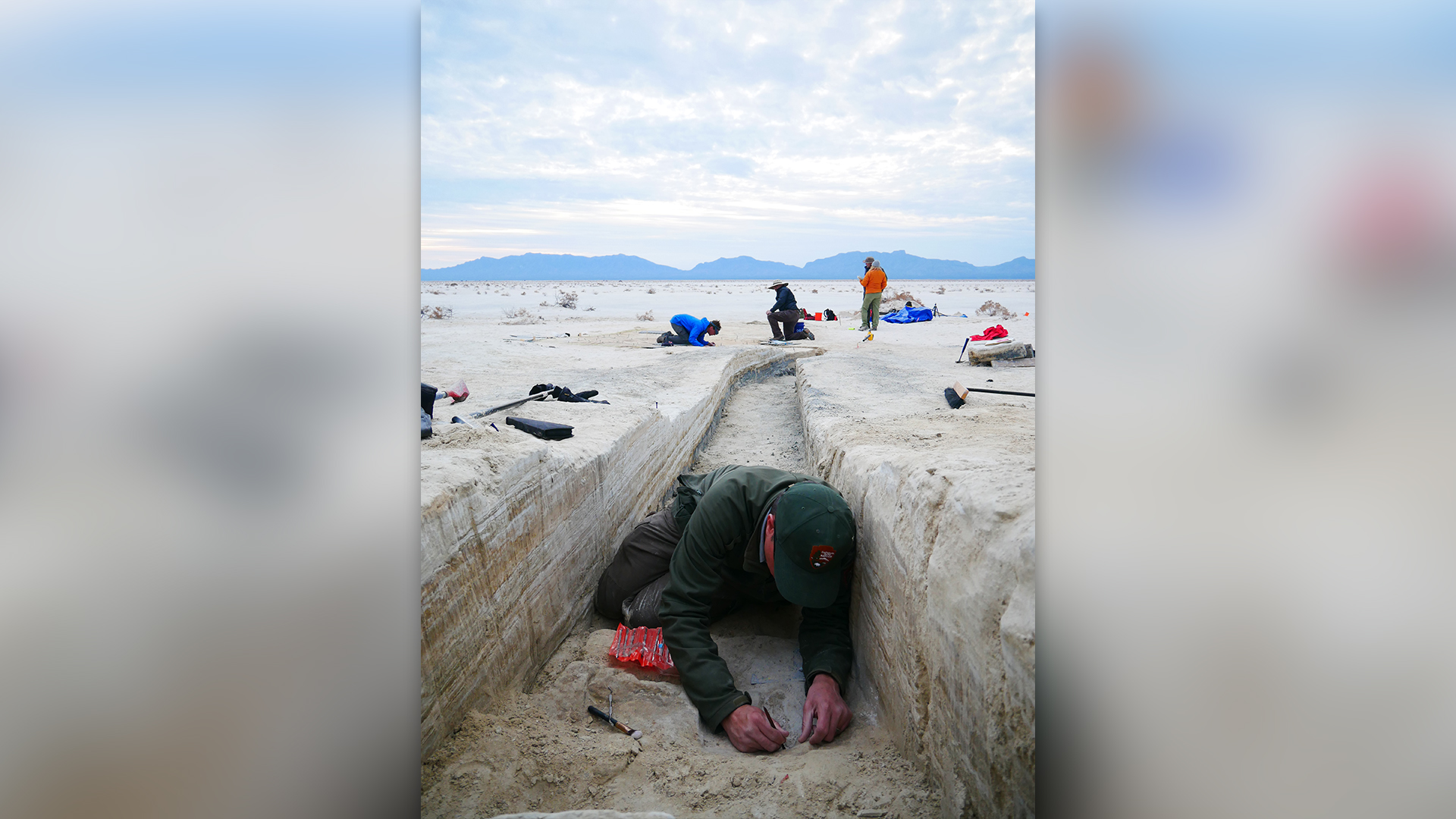
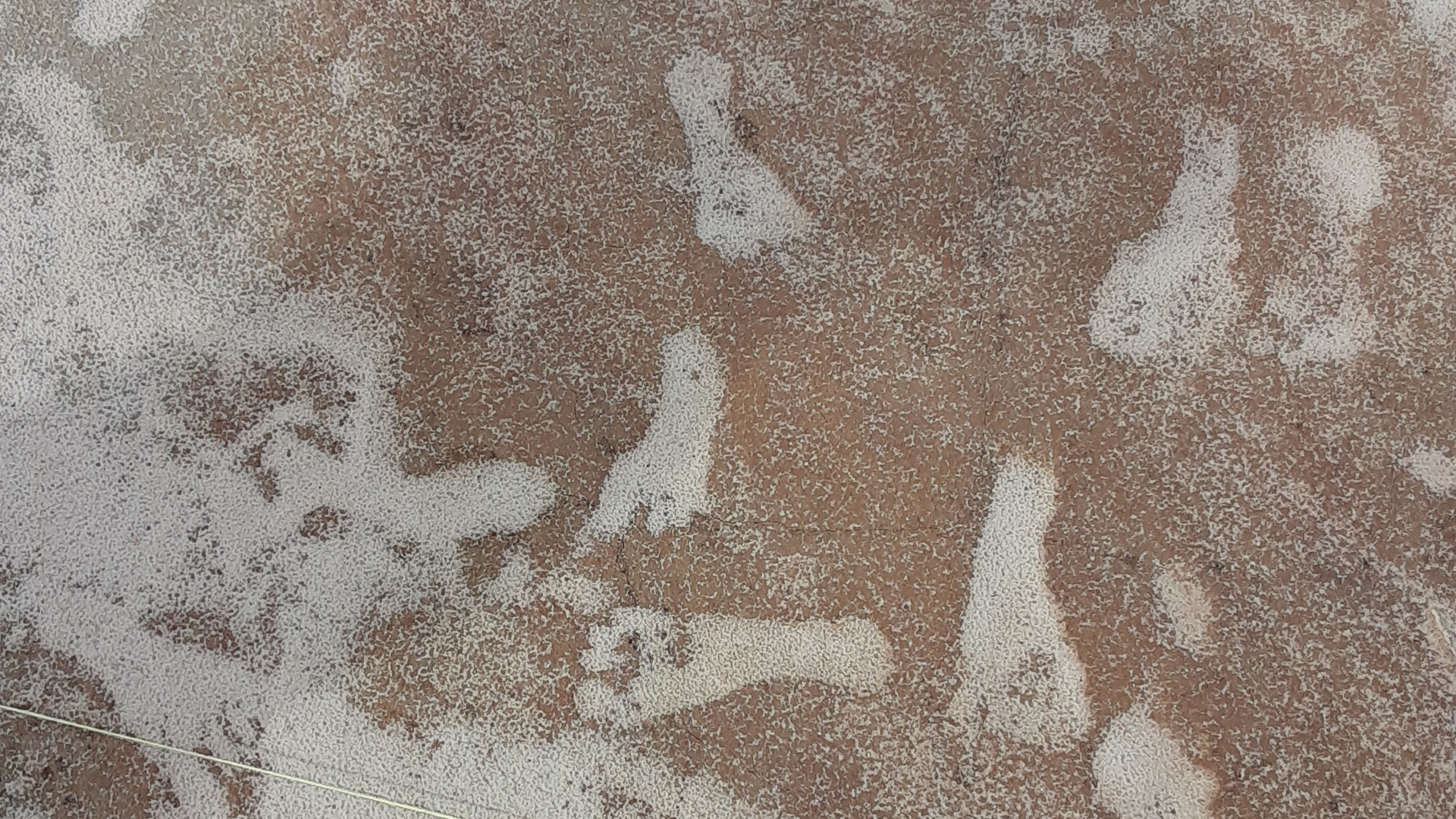
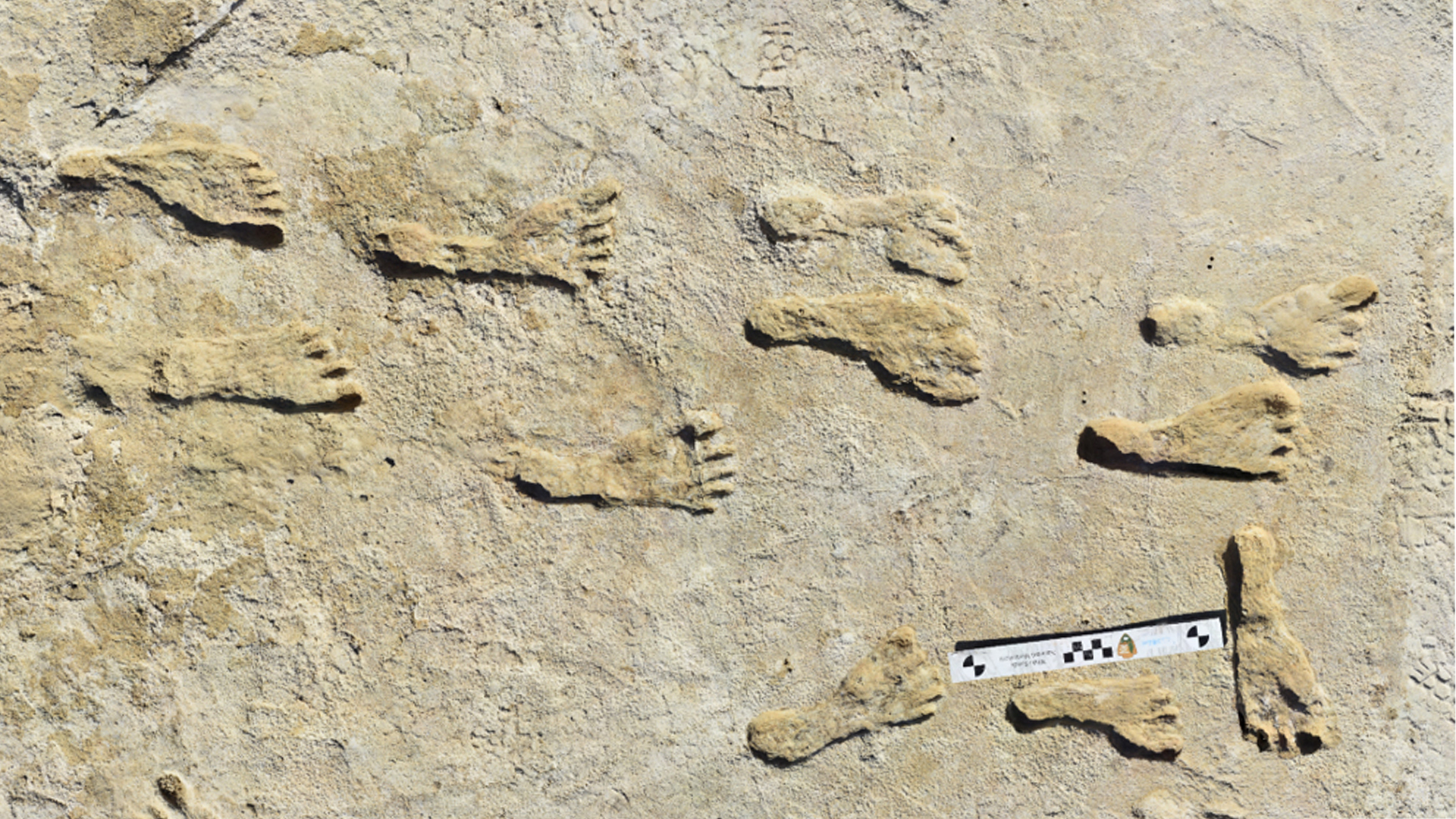
According to a map showing where the White Sands team took the OSL samples, "it is clear that the three OSL ages come from sediments that are stratigraphically beneath the trackway horizons," Davis told Live Science in an email. So it's possible that the quartz grains were deposited first and that the footprints were deposited on top of them at a later date, possibly between 19,800 and 16,200 years ago, as one OSL sample demonstrates, he said.
"This is why it is critical that the authors continue their efforts to get OSL ages from the sediments that actually buried the footprints," Davis said. He added that it's possible that erosion of older sediments at the lake basin could have caused fossil pollen to be redeposited elsewhere at a later time, meaning that the pollen could be older than the footprints.
Springer and Pigati said the OSL samples were taken from the same layer as the footprints, while Davis stood by his interpretation of their data.
But others were impressed by the findings.
"I think it's a really great contribution and a very convincing and detailed case," Thomas Higham, an archaeological scientist and radiocarbon dating specialist at the University of Vienna who was not involved with the study. He disagreed with Davis' take that more OSL data is needed. "Getting those samples is not an easy feat," Higham said, adding that the team took the lower-dated layer into account and used a model to bracket the ages of the footprints above them.
The initial 2021 finding was "a groundbreaking result," Higham told Live Science. "I think that duplicating and reproducing those results is a hallmark of the scientific method."
Editor's note: Updated at 12:05 p.m. EDT on Oct. 12 to include that Springer and Pigati disagree with Davis' assertion that the OSL samples were taken from beneath the trackway, and that Davis stands by his interpretation of the data.

Laura is the managing editor at Live Science. She also runs the archaeology section and the Life's Little Mysteries series. Her work has appeared in The New York Times, Scholastic, Popular Science and Spectrum, a site on autism research. She has won multiple awards from the Society of Professional Journalists and the Washington Newspaper Publishers Association for her reporting at a weekly newspaper near Seattle. Laura holds a bachelor's degree in English literature and psychology from Washington University in St. Louis and a master's degree in science writing from NYU.


